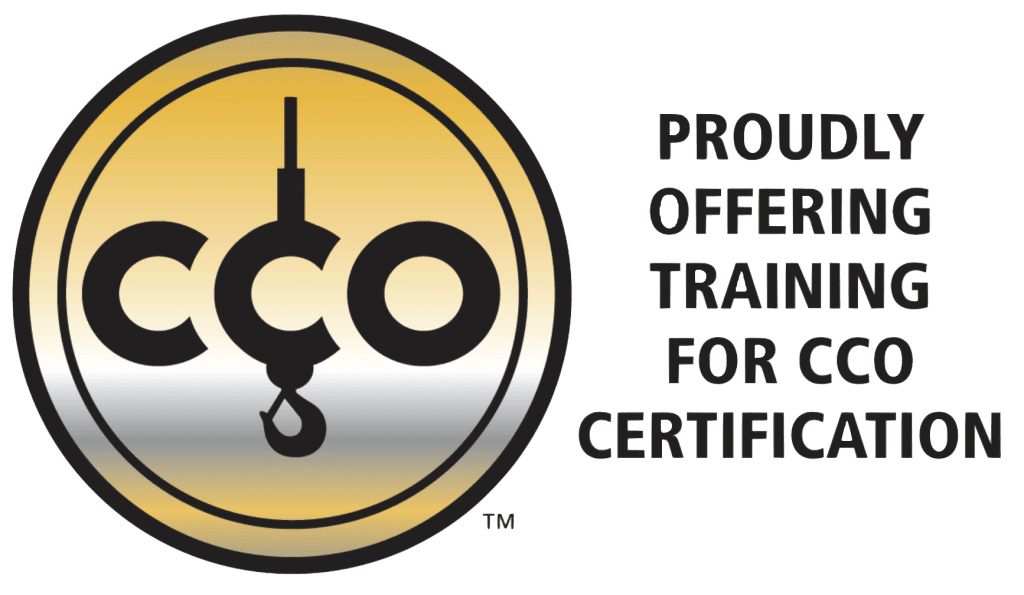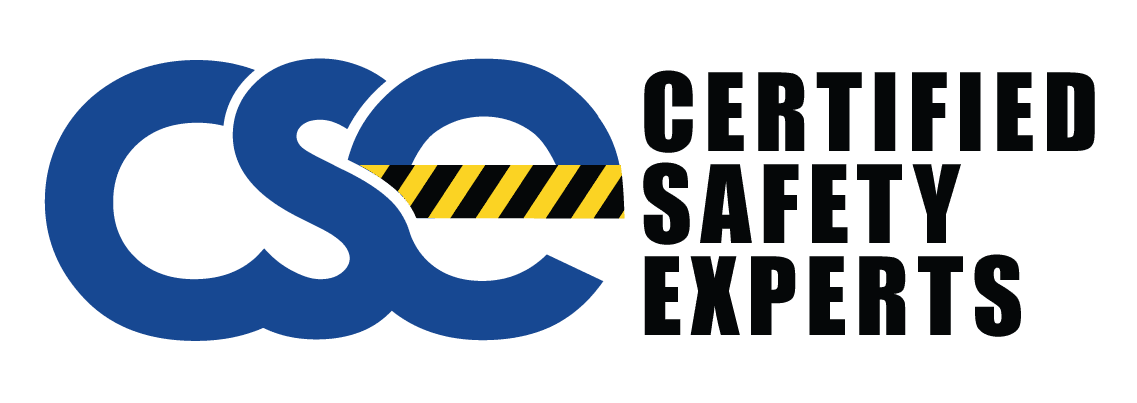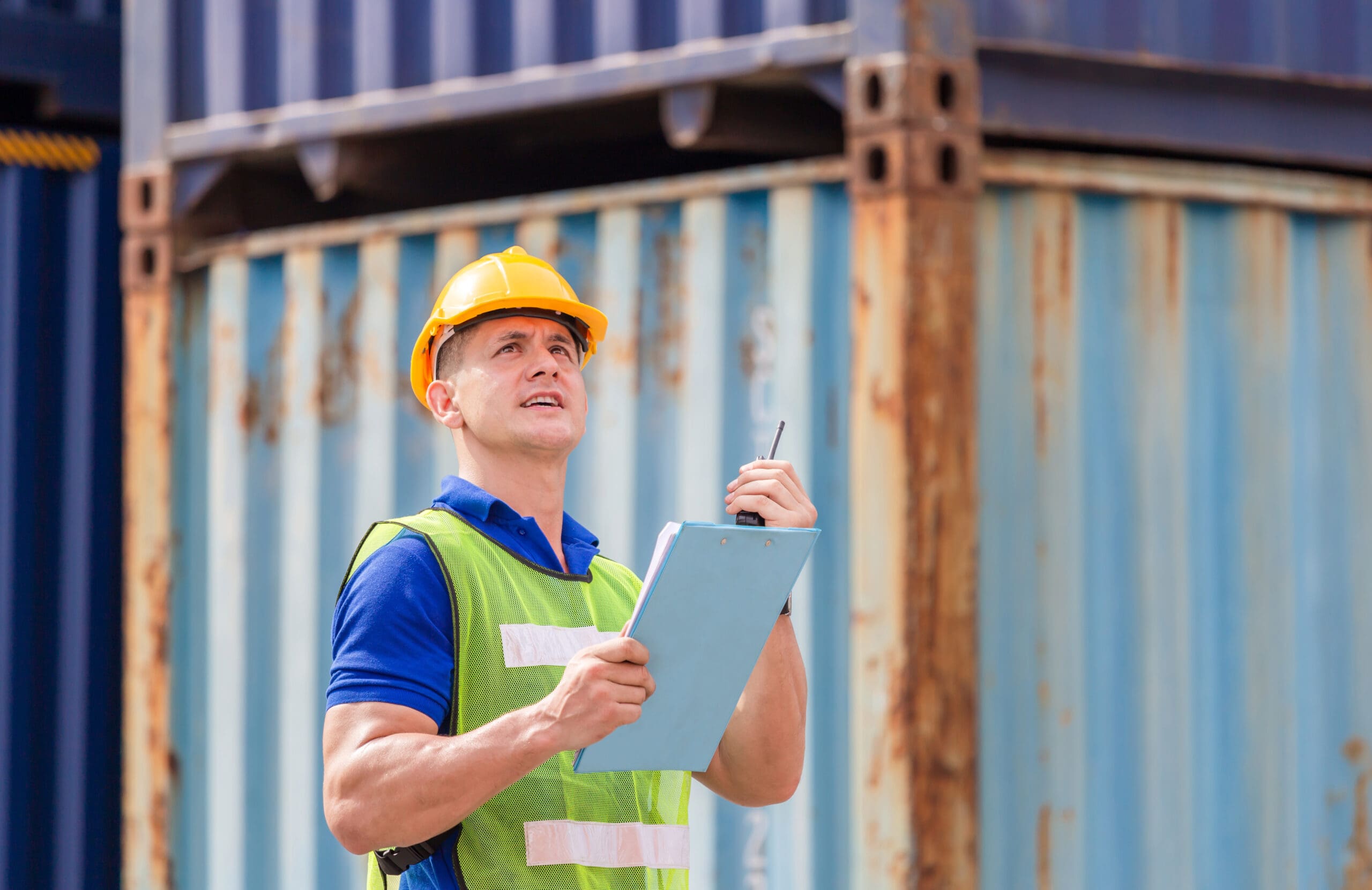Ever thought about the dangers in your crane operations? Not checking your crane often can slow down your work and be dangerous. It’s key to know how to inspect cranes right to keep them safe and working well.
This article will cover common crane inspection problems, their effects, and why checking them is so important. Following crane inspection rules helps avoid big problems and keeps things running smoothly.
Key Takeaways
- Regular crane checks are crucial for safety.
- Common issues found include mechanical failures, electrical problems, and damage to the structure.
- Following crane inspection rules helps make equipment last longer and avoid accidents.
- Good pre-checks, clear inspection criteria, and detailed reports are key for thorough checks.
- Regular training, upkeep, and using crane inspection tools can cut down on risks.
Introduction to Crane Inspections
Regular crane inspections are key to keeping workplaces safe and machines running well. Following a detailed crane inspection checklist helps meet safety rules and avoids dangers.
Importance of Regular Inspections
Cranes face a lot of stress, which can cause damage. Regular checks help spot problems early, saving money and time. By following crane safety tips, like regular inspections and upkeep, we can lower the chance of accidents and make the machines last longer.
Common Reasons for Crane Inspections
OSHA rules and safety standards require regular checks. Inspections are also needed when there are performance issues. Reasons for these checks include structural worries, strange noises, and keeping up with new safety rules. A good crane inspection checklist is vital for handling these issues quickly and effectively.
Typical Problems Found During Crane Inspections
Crane inspections are key to keeping them safe and working well. Many common issues are often found that need quick action. Knowing these problems helps in making a strong crane maintenance plan.
Mechanical Failures
Mechanical failures are common in crane checks. Parts like gears, brakes, and hoisting systems wear out. If not fixed quickly, these issues can cause big problems.
According to BLS data, regular maintenance can cut mechanical failures by up to 40%.
Electrical Malfunctions
Electrical problems are big risks for cranes. Issues like bad wiring, broken controls, and motor problems are often found. Checking all electrical parts carefully is key to avoiding electrical failures.
Structural Damages
Structural issues like cracks, corrosion, or deformations are big worries during crane checks. These problems can make the crane unsafe and cause major failures. Experts say regular maintenance helps spot and fix these problems early.
Effective Crane Inspection Checklist
An effective crane inspection checklist is key for keeping cranes safe and running well. Following a set of pre-inspection steps, using clear inspection criteria, and making detailed reports after inspections is important. This ensures thorough checks are done.
Pre-Inspection Procedures
Starting with pre-inspection steps is vital for a good check. First, look over the crane’s service history and check if any past problems were fixed. Important steps include:
- Checking for the latest updates on crane inspection software.
- Ensuring all team members have enough crane inspection training.
- Looking for potential dangers in the area where the crane will work.
Inspection Criteria
Using a detailed checklist during inspections makes sure nothing is missed. Inspectors should look at:
- Checking mechanical parts for wear and damage.
- Looking at electrical systems and connections.
- Doing load tests and operational trials.
Advanced crane inspection software can help collect and analyze data. This makes making detailed inspection reports easier.
Post-Inspection Reporting
Reporting after inspections is key for sharing findings and suggesting fixes. Good reporting means:
- Writing down detailed descriptions of any problems found.
- Updating maintenance logs and software databases.
- Listing needed repairs and steps to prevent future issues.
Training crane inspectors regularly helps them use inspection tools well and follow safety rules.
Crane Safety Tips to Prevent Issues
Keeping your cranes safe and efficient is more than just regular checks. By taking proactive steps, you can lower the chance of crane inspection problems. We’ll share key safety tips that focus on preventing issues. These include the importance of ongoing training, a strong maintenance plan, and using the latest crane inspection software.
Regular Training and Certification
Regular training and certification are key to crane safety. Your team should know the latest safety rules and crane inspection laws from groups like ANSI. Training helps keep operations safe and keeps everyone up-to-date with the best practices. Certifying your operators shows they’re skilled, lowering the chance of mistakes that could cause accidents.
Preventive Maintenance
A good maintenance plan is vital to avoid crane inspection problems. Regular checks catch issues early, like mechanical or electrical problems, and damage. Following the maker’s maintenance plan can make your cranes last longer and keep them ready. Regular checks spot small issues before they turn big.
Proper Use of Crane Inspection Software
Using advanced crane inspection software helps make inspections easier. These tools offer detailed checklists, real-time data, and reports. They make sure every part of the crane is checked. Digital tools make following inspection rules easier and inspections more accurate. Adopting this tech helps with smoother inspections and upkeep.
For top safety and to follow crane inspection rules, regularly check these preventive steps. For expert help and to set up crane inspections, call us at (919) 326-3742. Trust your operations with the knowledge that your cranes are in great shape.




